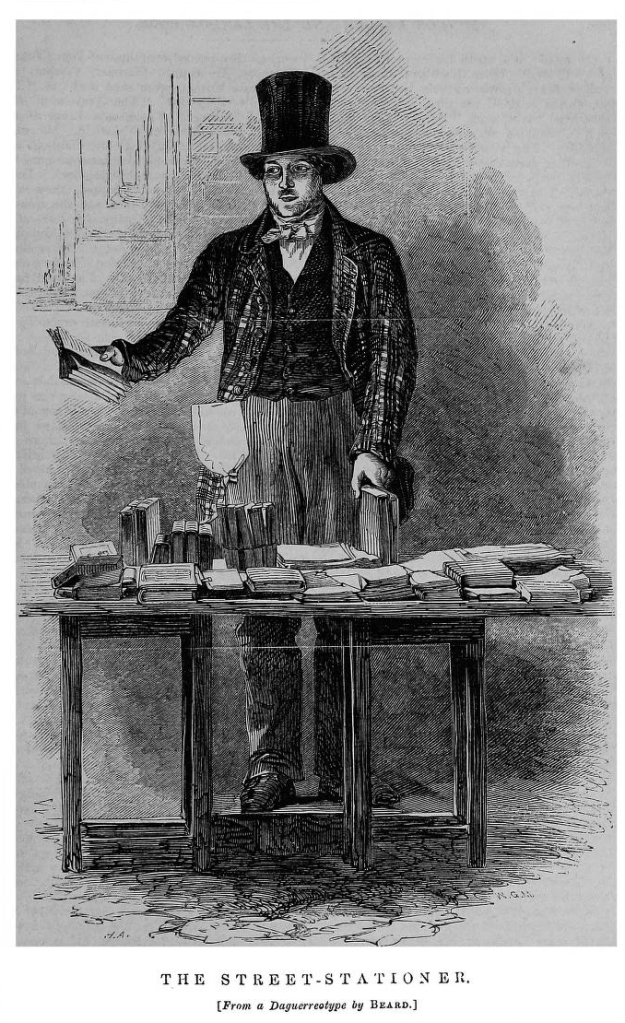Digital technology makes it practical to replace the traditional pedagogical method – assigning all students the same excerpt from a primary source – with “collective reads” in which a class as a group reads and discusses an extensive primary source by breaking it into individual sections. An online version of a work like Richard von Krafft-Ebing’s Psychopathia Sexualis, one of the most important works of early sexology because of its nearly two hundred case studies presented over more than four hundred pages (in the 1894 edition), can be divided into units of around thirty pages. If the class is large, two or more students can sign up to read the same section, but the most important thing is to ensure that every part of the book is covered.

Since students know they are the only one (or one of only a small number) responsible for a section, they are motivated to read their assigned portions carefully, and to represent their part of the work well to their peers. With everyone bringing a piece of the whole, some discussion time is spent piecing together the book’s overall argument. Doing this with Krafft-Ebing, for example, allows the students to see that the case studies have a real sequence and that they map out a continuum, across a spectrum from masculine to feminine, and from healthy to diseased. It helps when doing this for the instructor to have prepared fairly detailed notes on each section, so when the conversation turns, say, to the role of the fetish in Krafft-Ebing’s overall methodology, specific students can be called on who have read material related to this theme.
Other similarly ponderous but important works, such as William Acton’s The Functions and Disorders of the Reproductive Organs and Henry Mayhew’s multi-volume London Labour and the London Poor, first published in 1857 and 1851, respectively, and both regularly cited in secondary works on the history of sexuality, work well with this technique. Contemporary secondary sources often mention the endless categories into which Mayhew found it necessary to break down his subject, and while tedious to get through for contemporary readers, much of the essence of the work is in exactly this sort of detail. One student summed up the benefits of this methodology when she stated, “I’ve never read anything that was simultaneously so dull and so interesting.” After the class shared a laugh at this, we discussed why the comment felt so true. The conclusions we reached had to do with how nineteenth-century authors constructed arguments, how they arranged evidence, and how systems of proof, verification, and justification operated in that era.
Having all of the detail in the book immediately accessible within our classroom collective helped us to better test theories concerning what purpose such detail served for individuals of the time, and helped us to reach better conclusions in our analysis much faster than would have otherwise been possible. It was a type of analysis that had not been sparked by other readings or other discussion formats. While this technique was developed as a way to get through the more turgid scientific sources associated with developments in the history of sexuality, it would also lend itself to any number of other primary sources, including more readable works such as novels, with the primary benefit being that multiple such works could be added to a syllabus without crowding out other necessary readings.
Also, in an age where clicks on a library database are counted when determining future purchasing decisions, this teaching technique has additional practical benefits. When first doing this, I would find a PDF copy of the book and place it on Blackboard, so students would not have technical issues with access. Increasingly, though, I have students use copies of books within the databases to which my institution subscribes, such as Nineteenth Century Collections Online, Eighteenth Century Collections Online, or Early English Books Online. This gives students practice in navigating these databases, in preparation for their work on research papers, and generates hundreds of additional hits on the database with each assignment.
This type of discussion requires more preparation on the part of the instructor, and can only be implemented by those with deep knowledge of the field. Students will know the details of their thirty-page sections very well, but they will be missing the sweep of the argument. The instructor needs to be able to connect a student’s comments to other points across texts, as well as making connections to the intellectual and cultural context within which the source was written. In my experience, a far wider range of questions is asked by students when using the “collective read” method, but the experience is often exhilarating in a way that more conventional primary source discussions usually are not, and the method has always brought out new insights related to the works covered. In this way, new technology enhances the student experience, and reinforces the importance of the expert in the classroom.
 Charles Upchurch is an Associate Professor of British history at Florida State University. He received his Ph.D. in modern British history from Rutgers University in 2003, and his research focuses on nineteenth-century British gender and social history. His book, Before Wilde: Sex Between Men in Britain’s Age of Reform was published in 2009 by the University of California Press, and explores the ways in which family and class influenced the interpretation of same-sex desire in the period between 1820 and 1870. His work has been published in Gender and History, the Journal of the History of Sexuality, and the Journal of Social History. His current book project investigates a group of men in the British Parliament who were working to reduce the penalties for homosexual acts in the early nineteenth century. Charles tweets from @cupchurch2
Charles Upchurch is an Associate Professor of British history at Florida State University. He received his Ph.D. in modern British history from Rutgers University in 2003, and his research focuses on nineteenth-century British gender and social history. His book, Before Wilde: Sex Between Men in Britain’s Age of Reform was published in 2009 by the University of California Press, and explores the ways in which family and class influenced the interpretation of same-sex desire in the period between 1820 and 1870. His work has been published in Gender and History, the Journal of the History of Sexuality, and the Journal of Social History. His current book project investigates a group of men in the British Parliament who were working to reduce the penalties for homosexual acts in the early nineteenth century. Charles tweets from @cupchurch2

NOTCHES: (re)marks on the history of sexuality is licensed under a Creative Commons Attribution-NonCommercial-NoDerivatives 4.0 International License.
Based on a work at www.notchesblog.com.
For permission to publish any NOTCHES post in whole or in part please contact the editors at NotchesBlog@gmail.com




